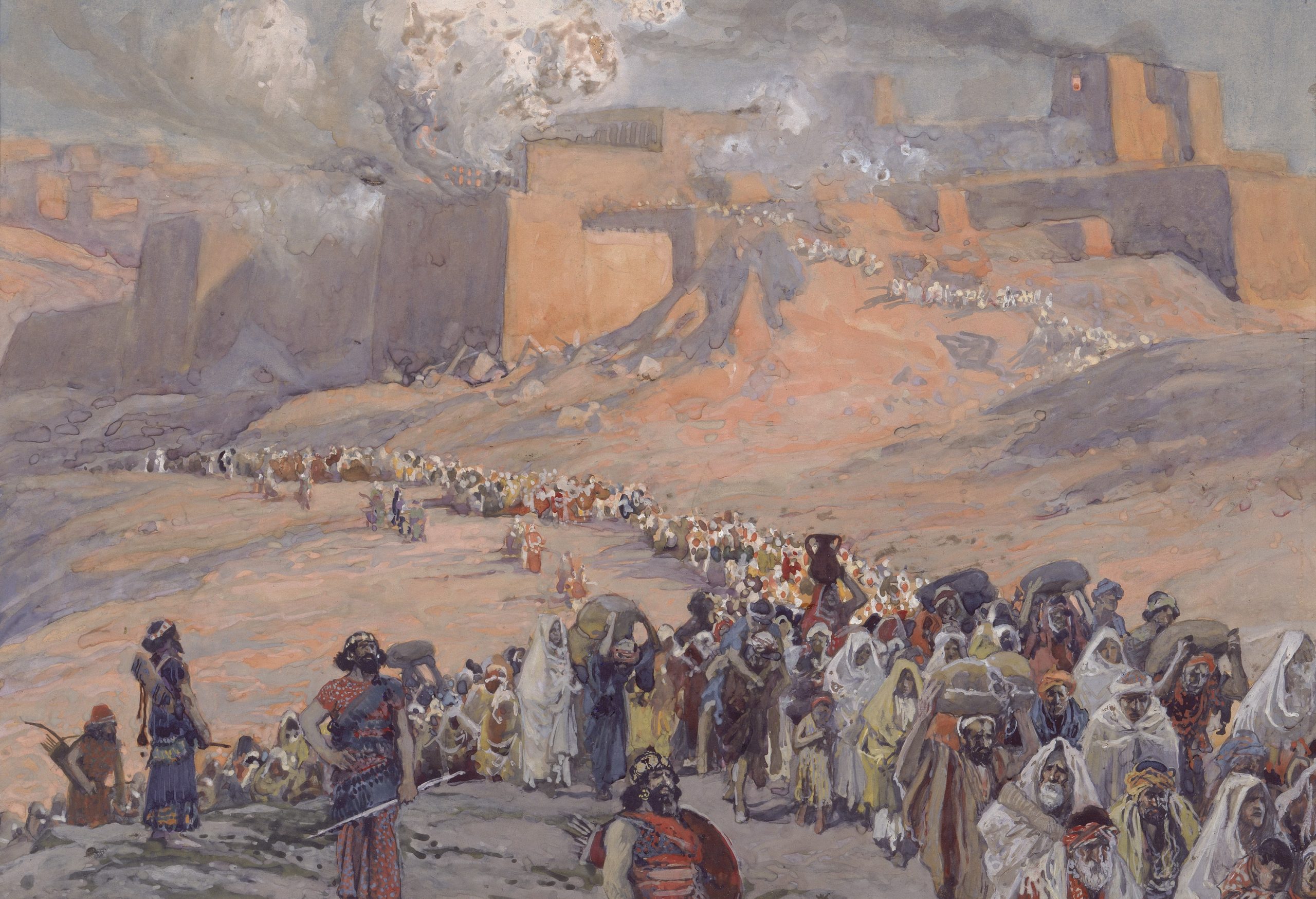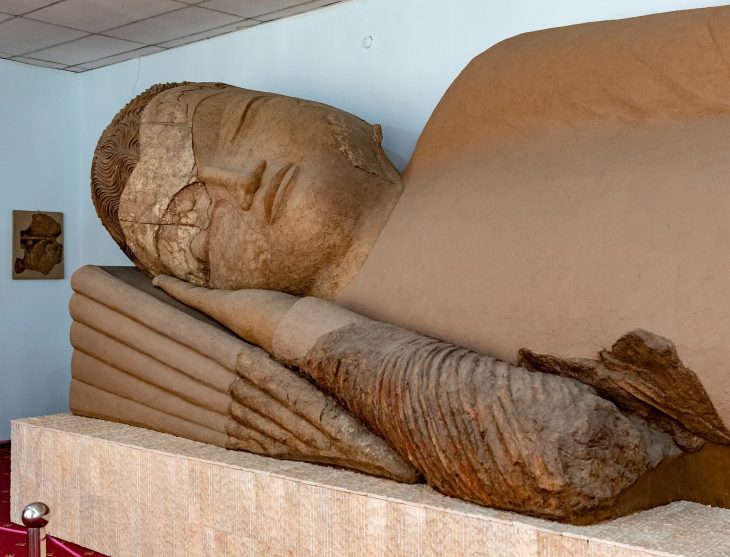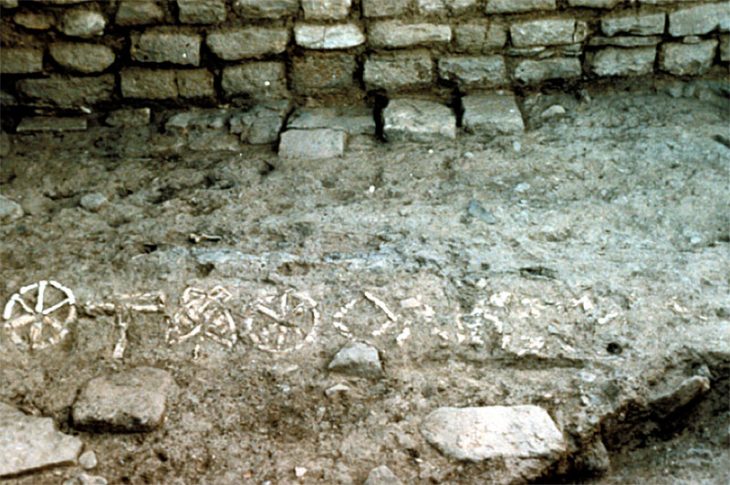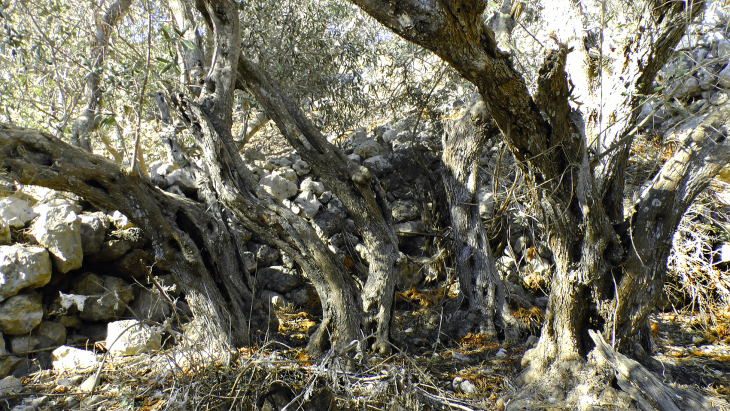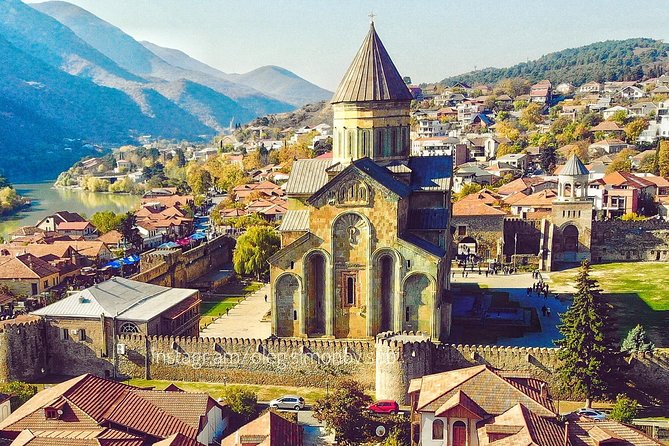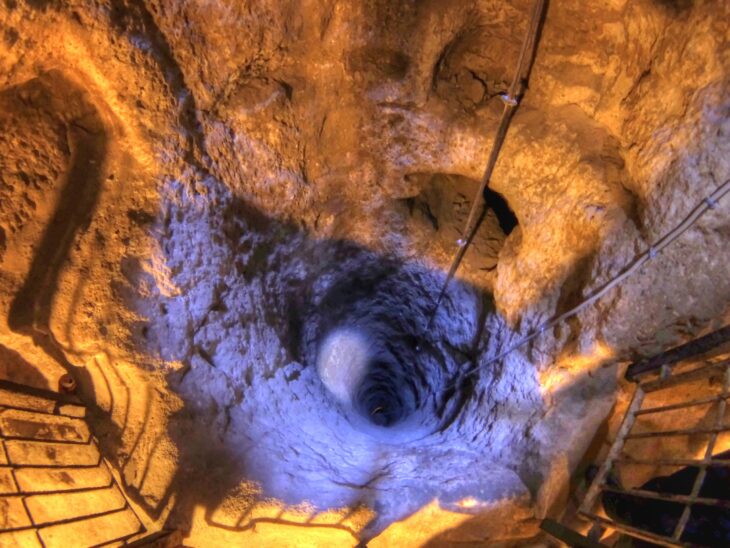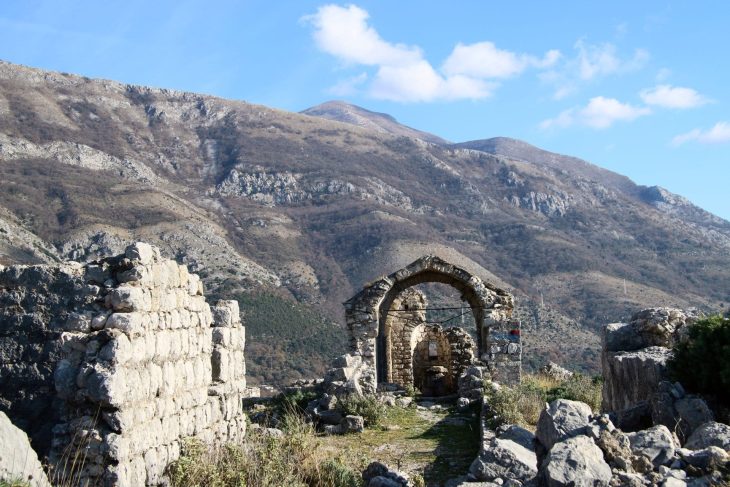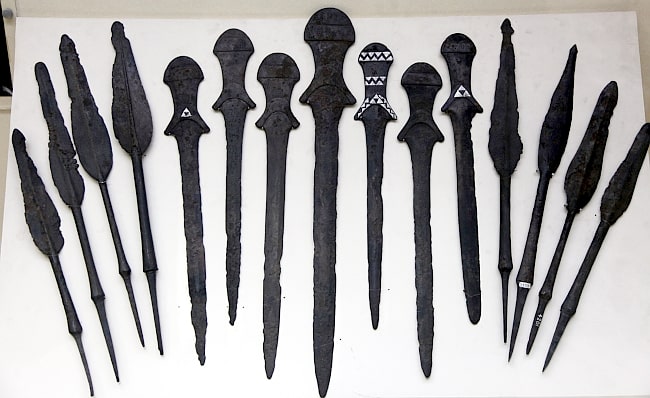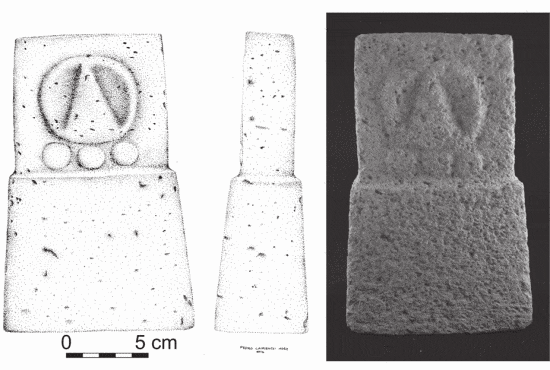The Babylonian captivity or exile was an era in ancient Israel’s history. That exile began with a two-stage expulsion in 597 and 587 BCE and likely concluded with the conquest of Babylon by Cyrus the Great of Persia in 538 BCE. The Babylonians, who originated in what is now southern Iraq, rose to prominence by the end of the seventh century by destroying the Neo-Assyrian Empire. Nebuchadnezzar II, their monarch, expanded the kingdom to the east and west.
On his approach to seize control of the trade routes to Egypt, he confronted resistance from the Kingdom of Judah. He seized Jerusalem in 597, banished a portion of the inhabitants, including Ruler Jehoiachin, and placed Zedekiah as a puppet king. This occurrence is mentioned in both the Hebrew Bible (2Kgs 24:8-12) and the Babylonian Chronicle.
This subordinate vassal king rebelled against the Babylonians in the hopes of gaining help from Egypt. In 587 BCE, they retaliated with a devastating attack on Jerusalem, destroying the city and its fortifications. The YHWH temple was destroyed. The temple vessels, which were emblems of the holy presence, symbols of the divine presence, were carried to Babylon along with many Judahites.
The region was turned into a Babylonian province. Information about this second and decisive conquest is found in 2Kgs 25:1-7. A Babylonian inscription describing the sequence of events has yet to be discovered.
During Judah’s exile, the area was viewed as deserted. Archaeological evidence, on the other hand, has shown that, despite the fact that the area around Jerusalem was thinly populated, there remained a sizable population in Judah to cultivate the land and pay a yearly tribute to Babylon.

The exile is portrayed in the Hebrew Bible as divine retribution for Judah’s sins, both as a people and as a nation. It is a significant time in biblical history since the captivity/exile, as well as the return and restoration of the Jewish nation, were both fulfillments of Old Testament prophesies.
Excavations in Mesopotamia revealed the traces of some Judah exiles. First of all, various so-called task lists appeared in the discovery of Babylon. These texts listed the names of prisoners in the Babylonian court who were allowed to ration food. Some documents mention that * Yahu-kin and his five sons were people who received food on behalf of the King of Babylon on a regular basis. The king was kept alive as diplomatic spare change for a future situation.

Second, a set of cuneiform inscriptions from al Ya-hu-du (“the city of Judah/Yehud”) and some other places in southern Mesopotamia indicate that the exiled Judeans are pioneers in newly cultivated agricultural areas. Their role is to provide food for the inhabitants of the city center of Babylon. These documents clearly show that the Jews live in one ethnic group. They are not treated as slaves. Even after the rule of Babylon to the rule of Persia, most people still live there. These signs indicate that life in captivity is not as terrible as Psalm 137 suggests.
Cyrus the Great, the Persian monarch, conquered Babylon in 539 BCE, thereby ending Babylonian sovereignty. The Persians had conquered a region spanning from the Indus River to the Nile in a matter of decades. The renowned Cyrus Cylinder is frequently cited as extrabiblical proof for the historicity of Cyrus’ proclamation in Ezra 1.
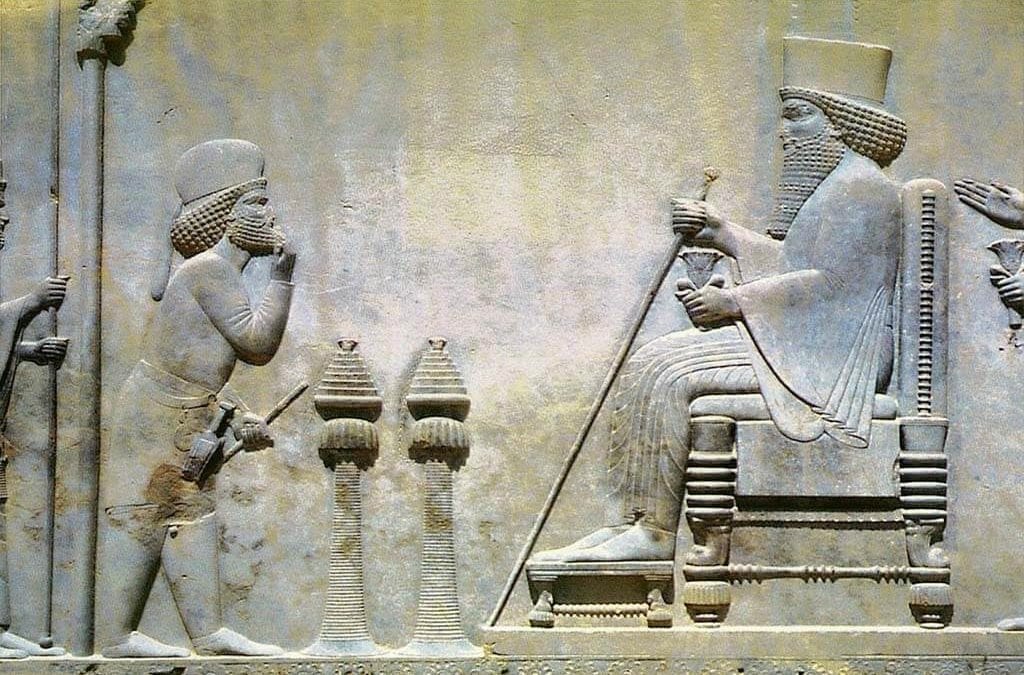
According to the scriptures, after 70 years of exile, the Jewish people would be able to return to Jerusalem, as Scripture predicted. In 537 B.C., King Cyrus of Persia fulfilled the prophecy by allowing the Jews to return to Israel and begin rebuilding the city and temple. The return, headed by Ezra, resulted in a resurgence among the Jewish people as well as the construction of the temple.
However, a recent rereading revealed that the text is about the return of holy images from the towns surrounding Babylon, where they had been exiled by Nabonidus. This text is unrelated to Judaeans, Jews, or Jerusalem. Furthermore, the territory around Jerusalem did not become part of the Persian Empire until the reign of Cyrus’ son Cambyses; at that time, the postexilic period had begun.
Much of the time leading up to the collapse of both the Northern Kingdom and Judah is covered in the books of 2 Chronicles and 2 Kings. They also chronicle Nebuchadnezzar’s destruction of Jerusalem and the beginning of Babylonian captivity. Jeremiah was a prophet during the period preceding the destruction of Jerusalem and the exile, whereas Ezekiel and Daniel were written when the Jews were exiled. Ezra deals with the return of the Jews, which God prophesied via the prophets Jeremiah and Isaiah over 70 years ago. The book of Nehemiah also describes the return and reconstruction of Jerusalem following the end of the captivity.
Source: Bob Becking, “Babylonian Exile”, n.p. [cited 15 Aug 2021]. Online: https://www.bibleodyssey.org:443/en/places/main-articles/babylonian-exile
Cover Photo: Wikipedia, The Flight of the Prisoners (1896) by James Tissot; The exile of the Jews from Canaan to Babylon

